When using SQL databases you basically have 3 ways to use your data source:
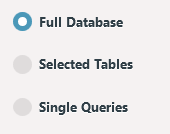
Selecting “Single Queries” you can now use the new Query Assistant to build your query without the need of SQL knowledge.

This assistant enables you to select your table and the fields you would like to see in your result. After that you will be able to define a tree of conditions that pictures your queries WHERE clause.
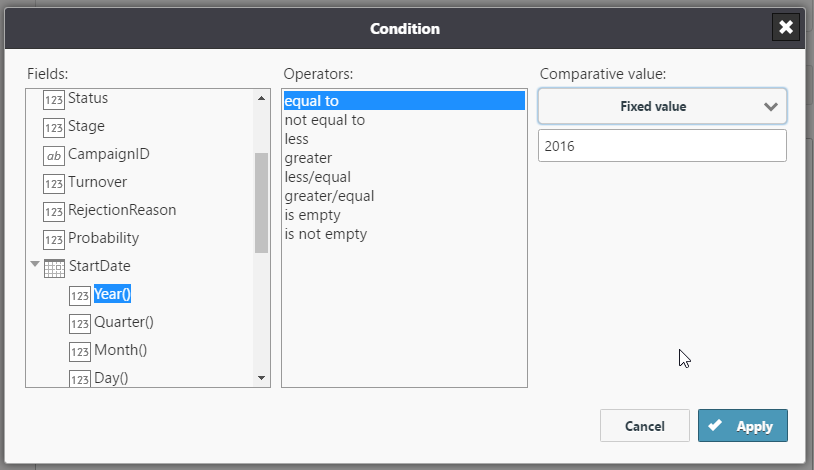
You can change the operators that keep the tree items (groups of conditions) together and build up even complex queries.
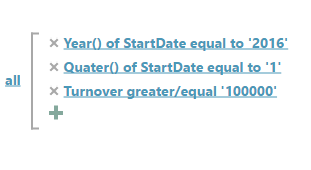
If you love the power of SQL, you can directly enter your SQL code using all the features supported by your data source. You can check the correctness of your SQL query using a single button click.
The features mentioned before let you do some filtering directly in you data source, but combit Report Server can also apply filters when building your report.
You can find this feature in the Report Server Designer where table objects have a property to filter your data before creating the report. There you can define a filter condition using the formula language of combit List & Label.
The resulting condition will be translated to SQL when reading your data from your SQL data source.
Report parameters, which are used to interact with the user when creating your report, use this feature for filtering.
For over 20 years Alexander Horak is engaged in software development and has already worked at combit during his computer science studies. Nowadays, he is Head of Development of the combit Report Server, an ASP.NET MVC based Enterprise Reporting solution. In his spare time he loves soccer and is an active supporter of FC Bayern Munich.
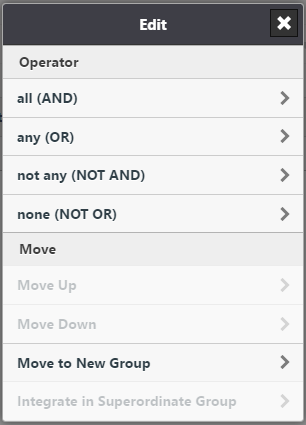
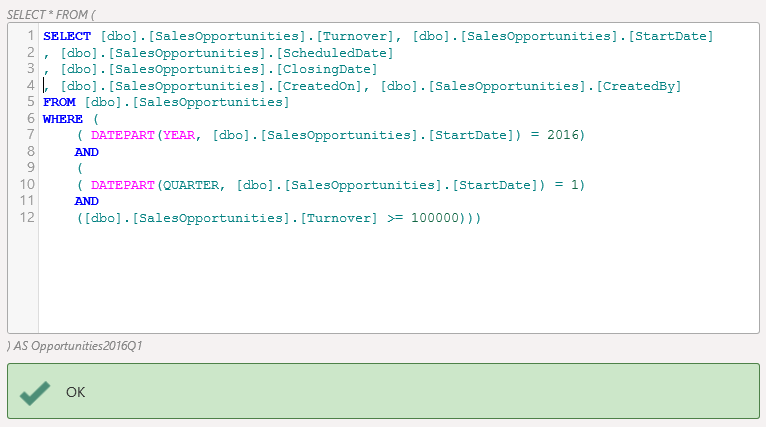






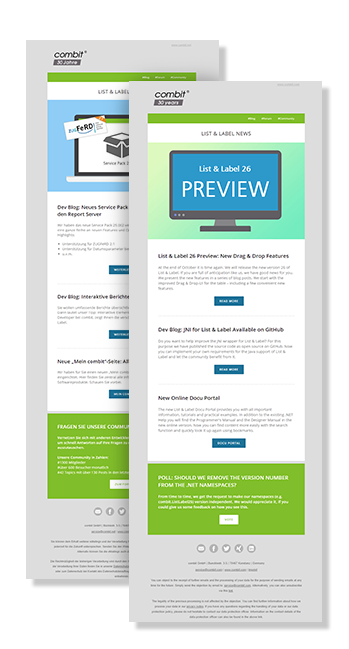
What does it mean when I see
this expression can not be translated into a filter expression of the database system . the filter speed is not optimal
Either your data source doesn’t support filtering at all or your filter is too complex. Feel free to open a thread at forum.combit.net to tackle this.